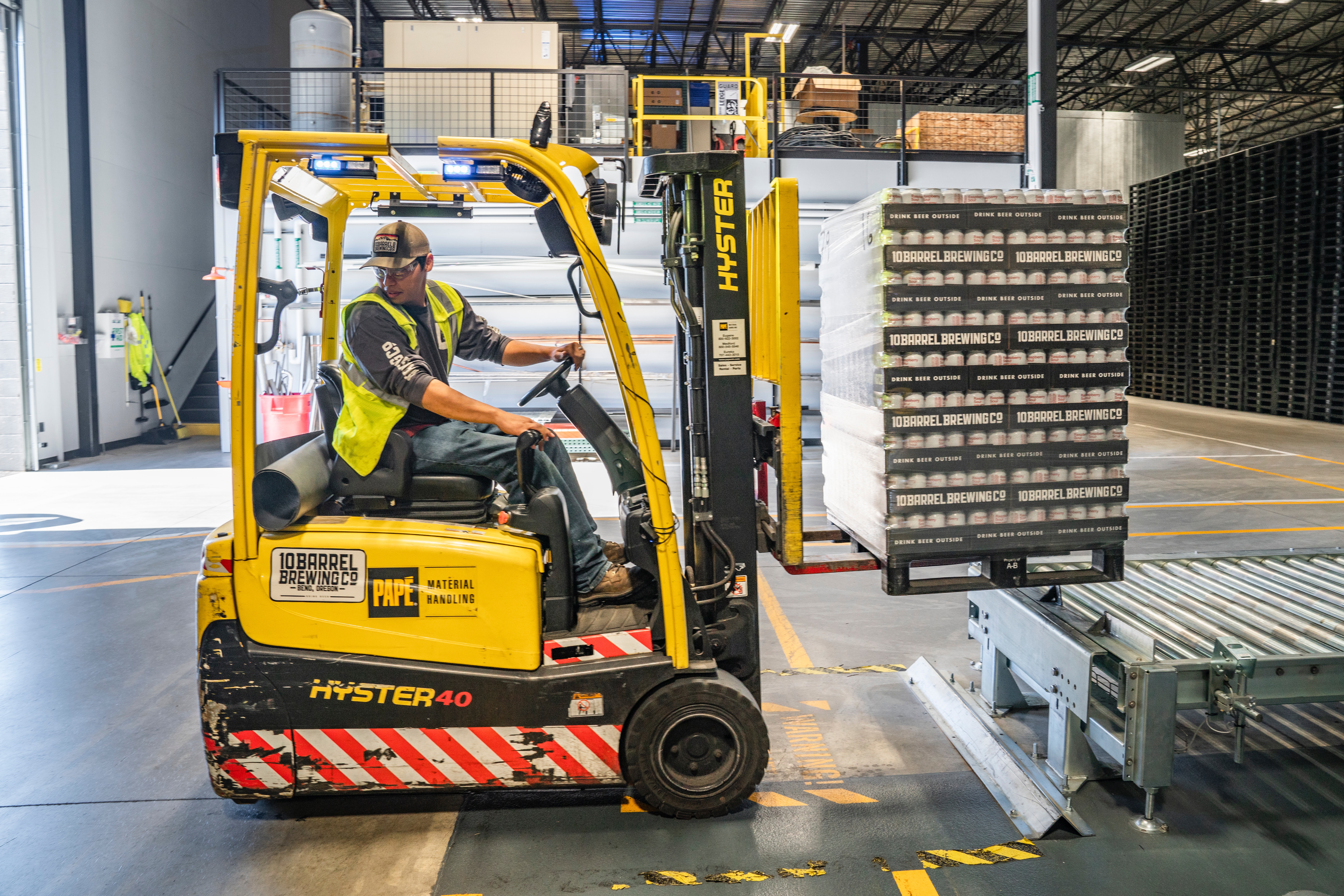Differences between warehouse, DC and fulfillment center

TABLE OF CONTENTS
Within the logistics industry, the need to streamline the supply chain arises due to increased demands from the market for faster product deliveries, especially due to the rise of e-commerce.
Regarding the electronic market in Latin America, according to a report made by Worldpay, it will continue to grow with an average annual increase of 19% until 2025 and between 2017 and 2021 experienced the largest expansion in the region with an average annual increase of 22%.
Due to the boom in imports and exports, a greater need for warehousing and distribution has been generated, optimizing the last part of the supply chain process, keeping products safe while they reach their owner.
Differences between a warehouse, distribution center and fulfillment center
You have probably heard someone treat the three concepts as if they were the same, but the truth is that their purposes are completely different, even if they share characteristics, do you know their differences?
We'll leave you with an example of this so you understand how the last part of the supply chain works, before we explain the differences specifically.
A business based in Asia must store its products in a warehouse. If it wants to sell this merchandise in Europe, it sends it to a distribution center that is located there so that these establishments send it to distribution companies or to a fulfillment center that finally delivers the merchandise directly to the customer, what is better known as the last mile.
Here we explain the main differences:
Warehouse
Warehouses are responsible for storing goods for more or less long periods of time, such as weeks or months. They are designed to hold as much stock as possible, but not to distribute it, so they do not involve order handling, other than pallets and large assemblies. They do not have a large number of personnel and are usually located outside the urban radius in order to reduce rental costs.
For the warehouse, it is crucial to invest in storage equipment, since the correct management of these places implies a reduction in storage costs. These equipments allow to optimize and take advantage of the spaces in an efficient way, keeping the stock in an orderly way and increasing the safety of the warehouses both for the products, since the shelves are made of firm materials, and for the people who work there, since the industrial work equipments are highly optimized and allow to maintain order and cleanliness, freeing obstacles in the way.
Most warehouses use a computer program called Warehouse Management System (WMS) that facilitates the warehouse management, controlling the stock, registering incoming and outgoing products and managing the location of the stored products, providing transparency by knowing everything about the products.
Distribution center
The distribution center or logistics center is responsible for receiving the products and storing them for hours or days, significantly less time than warehouses, and then sending them to other companies (generally distributors) or fulfillment centers, which we will discuss below, but they never prepare the order to send it to the end customer, i.e. proceeding with the packaging, sealing, weighing and labeling of the package, and then transferring it to the place of dispatch. Like warehouses, they are usually located far from the urbanization.
Distribution centers usually have more personnel than warehouses, since more goods movement operations are performed, and in certain cases, these centers can almost totally reduce their storage capacity to dedicate themselves only to reception and dispatch functions.
Fulfillment center
A fulfillment center is a facility where orders from online store customers are prepared and shipped with systems that aim to deliver in the shortest possible time. Orders are received from the distribution center, and unlike the other two centers, this one is located as close as possible to the customer, near urban centers, raising costs slightly but speeding up delivery times.
E-commerce has realized that in order to compete with large electronic stores, they must have logistics facilities that are able to prepare and deliver orders in hours or even less, although this may not be affordable for everyone because having one of these centers in each urban center requires some investments such as operational labor. That is why fulfillment centers are increasingly in demand, generating a rapid stock turnover.
Currently, there are logistics companies that allow companies to outsource these services. They have a fulfillment center in major cities, with specialized personnel to expedite the delivery of orders and that e-commerce is not forced to have one of these centers themselves, allowing cost savings.
KLog.co warehouse service
At KLog.co we offer warehousing services to complement your logistic process with an integral warehouse service.
We have a distribution center and warehouse in Santiago, minutes away from highways that connect with the port of San Antonio and the capital's airport. We also have warehouses in China, specifically in Shenzhen, Xiamen, Ningbo, Tianjin, Shanghai and Qingdao.
Introducing the new way to experience international freight forwarding
KLog.co is the leading technology company for international freight forwarding in Latin America, which through its digital platform has managed to deliver complete visibility and control of the import and export process for companies of all sizes and industries.
Through its innovative software it is possible to merge all the steps of the supply chain, having full management capacity and visibility of the transportation of goods, even if you have movements with other freight forwarders. Due to these technological solutions you can have a fully customized control center, centralizing all shipments and optimizing the supply chain.
Today, KLog.co supports customers with operations throughout the region, with hundreds of agents around the world. Currently, its offices are located in Chile, Peru, Bolivia and Mexico, and are constantly working to continue expanding.
Learn more at KLog.co
Sources:
https://oceges.com/blog/diferencias-fulfillment-almacen-centro-logistico/